The 50 greatest cafés on Earth
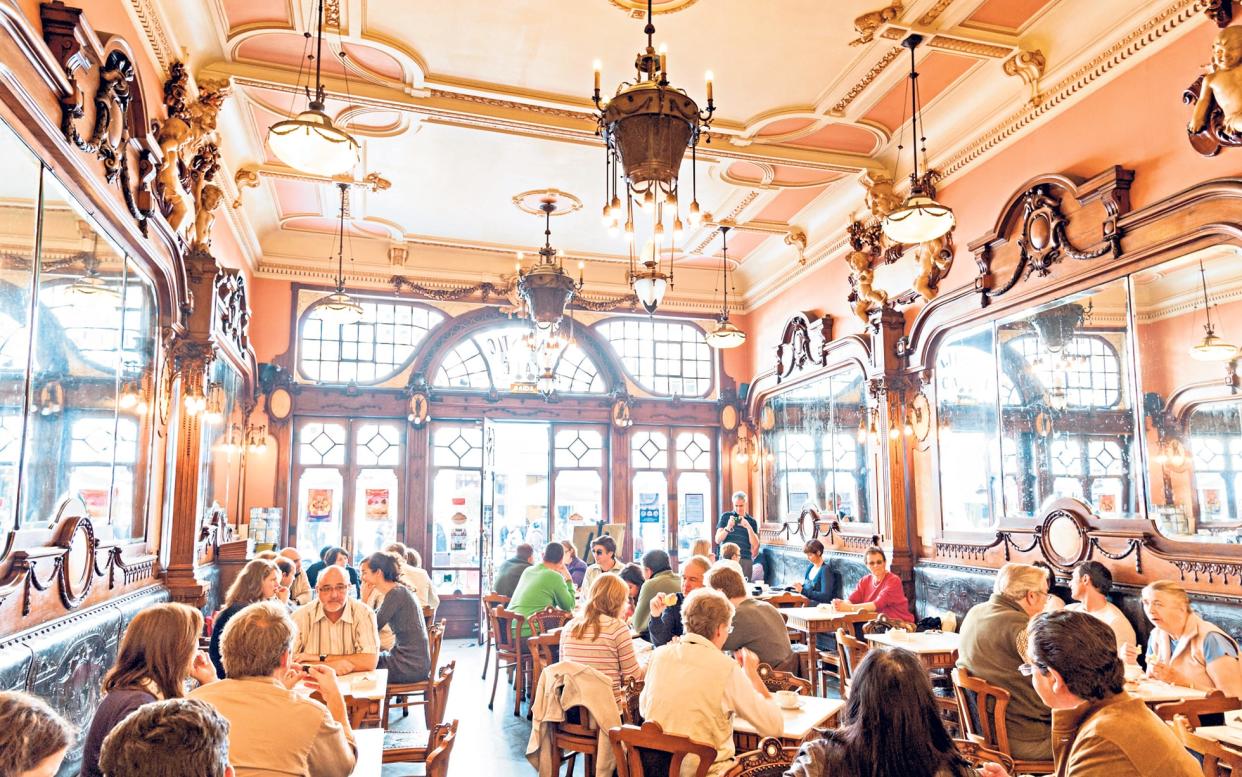
When I travel, wherever I travel, more than museums, monuments, temples, churches and, even restaurants, I seek out a café.
The reasons are many. Nowhere quite represents a place like its cafés. What would Vienna, Rome and Paris be without theirs? It’s not just the history or the opulence. It’s the window on the world. You see ordinary people – locals as well as visitors – coming and going, taking time out between work and home, meeting friends or colleagues, joining families. If they’re not right beside you in the café, you watch them on the street or from your shaded terrace.
Depending on the time of day, I might ask for a wake-me-up espresso, a post prandial cortado or a late-night carajillo – a black coffee with a dash of brandy. I sometimes dine, sometimes wine. If it’s balmy I’ll have an iced coffee, or an ice cream. I usually take a book, to read or to scribble in. We’re all familiar with the relationship between writers and philosophers and their favourite cafés.
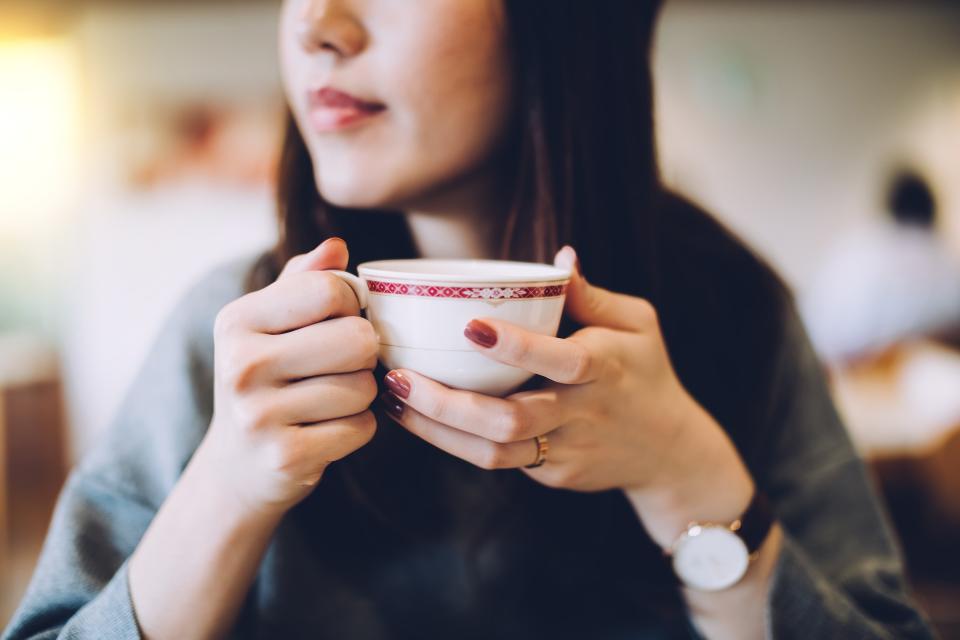
On a holiday, the café is everyone’s favourite postcard-scribbling spot: a space to relax, gather thoughts, remember loved ones.
In Italy cafés seem to be all about energy and the urban hustle – a quick shot, a brief exchange of news and gossip, and off to work, or play, we go.
In Turkey, cafés are social, there to slow life down, with soft, wide seats and perhaps a hookah pipe to puff. In Paris – and those many cities that emulate it, from Buenos Aires to Tangier to Hanoi – the café is a way of life: it’s where to be alone, where to flirt, where to confess, confer, create.
My favourite cafés are almost as dear to me as the places where I’ve lived. When I go back to certain cities, especially in my favourite continent, South America, I head for those cafés – to toast my happy return and touch base.
The following selection contains 40 of my own choices, with 10 by The Telegraph’s local experts, who reside in or routinely revisit their favourite cities.
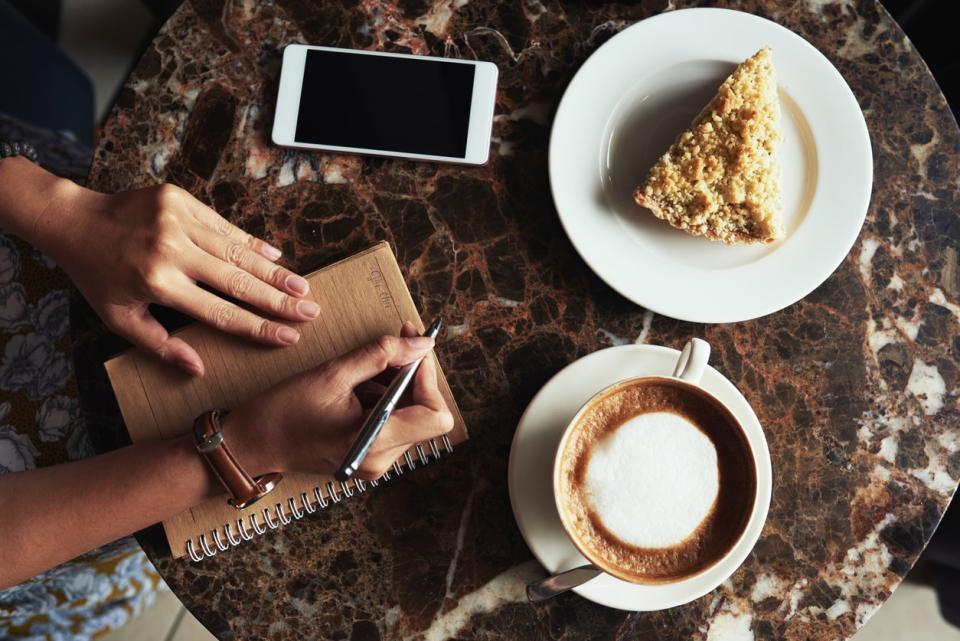
A great café is as important a pilgrimage site as a cathedral, a world-class museum, an ancient ruin or a modern architectural marvel. Some have licences to serve booze, some will be known locally as bars, many do food – but these iconic cafés put coffee and a chat-conducive vibe at the centre of their operations.
Europe’s café culture
Breakfast with Tiffany
Café Américain, Amsterdam
A 1902 art nouveau beauty – as far removed from the brown, boozy “coffee houses” as the diamond merchants are from the dope dealers. Leaded stained glass windows and Tiffany lamps keep the interior soothingly low-lit, and dark wood floors and geometric décor add a sober, rather Dutch edge to the luxurious excess. Take a stool at the gorgeous curved bar or bag one of the spacious booths for an Amsterdam breakfast featuring fruit loaf, nettle cheese and ox sausage. The café was recently refurbished but the vibe is still intact. Part of the Amsterdam American Hotel, and named after the diluted espresso popular Stateside.
Leidsekade 97 (0031 20 556 3010; cafeamericain.nl)
All that glitters
Pastelaria-Padaria Sao Roque, Lisbon
With its domed ceiling, ornate azulejos and copper-coloured columns topped with gold capitals, this splendid art nouveau coffee and cake shop on the edge of the historic Bairro Alto is a glory to behold. Freshly baked bread, pastries, light snacks and strong bicas (espressos, which in Portugal use robusta as well as arabica beans) and cappuccinos are served at the glass-topped curved counter or at small tables – with seating outside. A tile at the rear is inscribed “Cathedral of Bread”; that’s certainly what it looks like, though the service is casual and friendly.
Rua Dom Pedro V 57 (0035 1 21 322 4356)
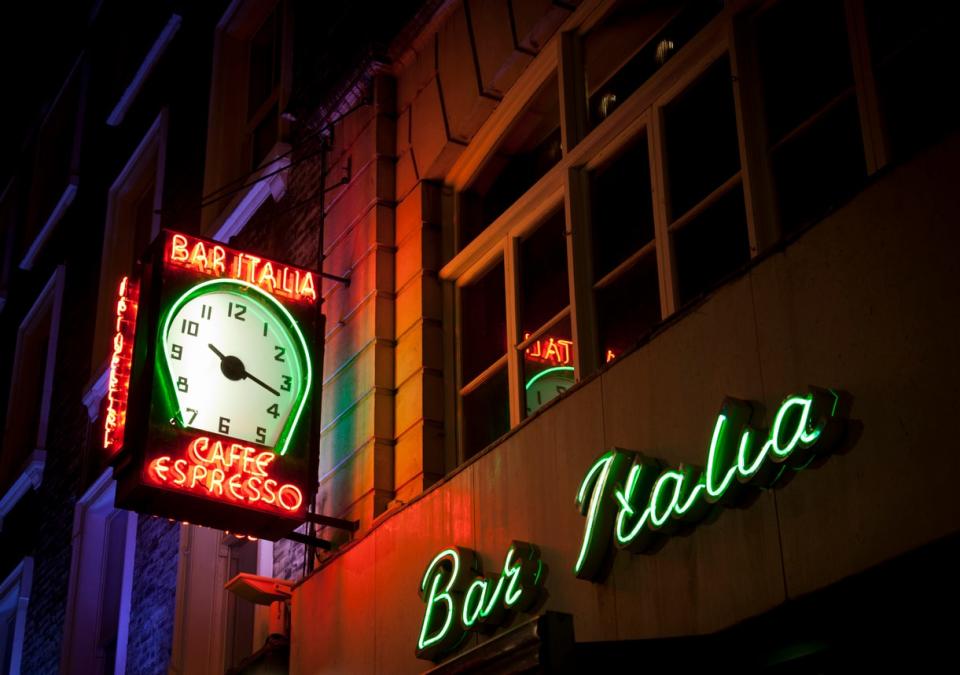
Espresso delivery
Bar Italia, London
This narrow counter-style café reminds us of the West End coffee boom of the Fifties, when Italian expats and travelling salesmen introduced their newfangled steam-pressure espresso machines to the capital – though, opening in 1949, Bar Italia slightly predated it. Neon-lit, still using a beautiful old Gaggia machine, with red and white Formica bar, football memorabilia and wonderfully cluttered ceilings – the Italian Tricolore is everywhere – it evokes a bohemian Soho that has long been gentrified into oblivion.
21 Frith Street (020 7734 4737; baritaliasoho.co.uk)
Bean counters
Algerian Coffee Stores, London
Once upon a time, most shops were probably a bit like this – crammed with variety, run by helpful, informative staff, and focused on value rather than Instagrammability. Opened in 1887, this quirky, tiny, intensely aromatic Soho store only does takeaway or “standing room” coffee, and tea, but it stocks a range of wonderful beans (80 varieties at the last count, at £1 a shot), as well as confectionery, grinders, mokas and spices. An atmospheric rarity in central London.
52 Old Compton St (020 7437 2480; algcoffee.co.uk)
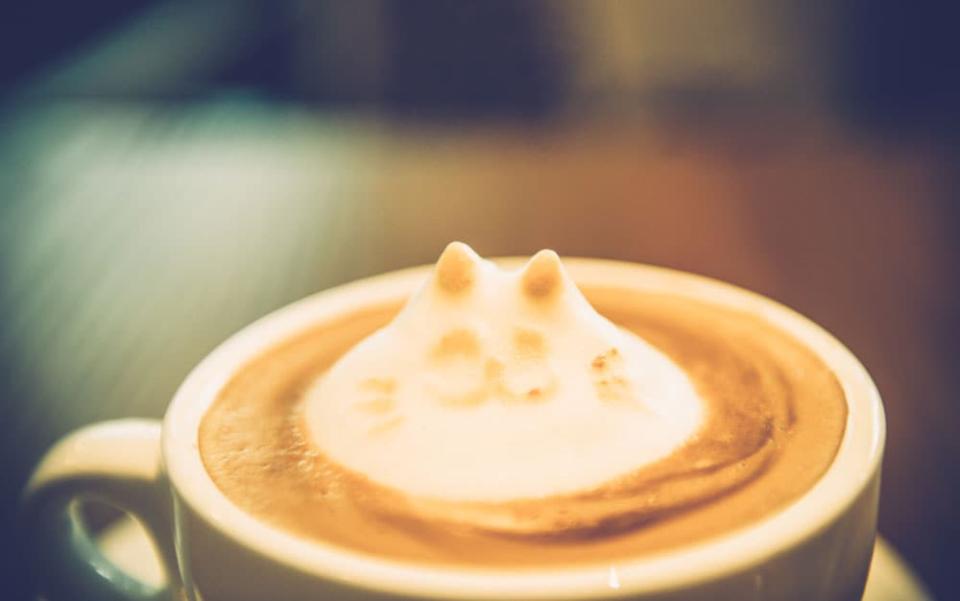
Wilde about ice cream
Caffè Gambrinus, Naples
Behind the imposing 1860 façade is an operatic Belle Époque fantasy of crystal chandeliers, marble floors, finely sculptured stucco, bas reliefs and oils by Neapolitan landscape artists. The panettone, pastries and ice cream are among the best in the city – the sfogliatella riccia (lobster tail pastry filled with cream) is legendary – and the espressos hot and strong. Clients have included Oscar Wilde, proto-fascist intellectual Gabriele d’Annunzio (though the café was closed for a spell for its reputation as a hub of anti-fascist dissent), Ernest Hemingway and Jean-Paul Sartre.
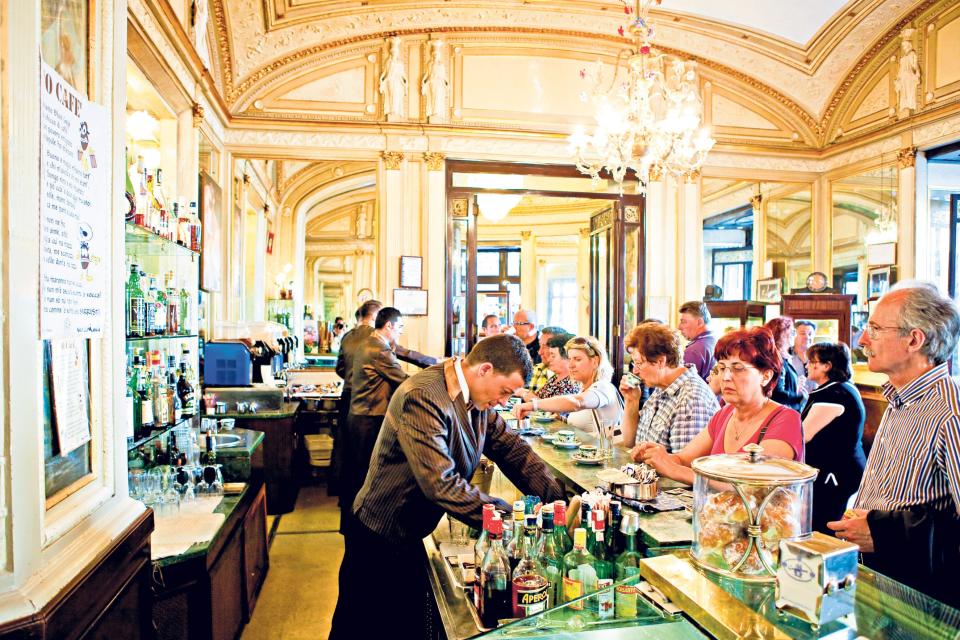
Via Chiaia 1, Piazza Trieste e Trento 42 (0039 081 41 75 82; grancaffegambrinus.com)
Crepes for connoisseurs
Breizh Cafe, Paris
This is the place that made the pancake gourmet, and although not particularly budget as crêperies go, it’s streets ahead of the competition in terms of quality. While crêperies are often dismissed as restaurants for children, here the setting is distressed beach hut and the clientele fashionable Marais. The choice of savoury galettes and sweet crêpes ranges from classic complète (egg, cheese and ham) to imaginative creations.
109 rue Vieille-du-Temple, 75003 (0033 1 42 72 13 77; breizhcafe.com)
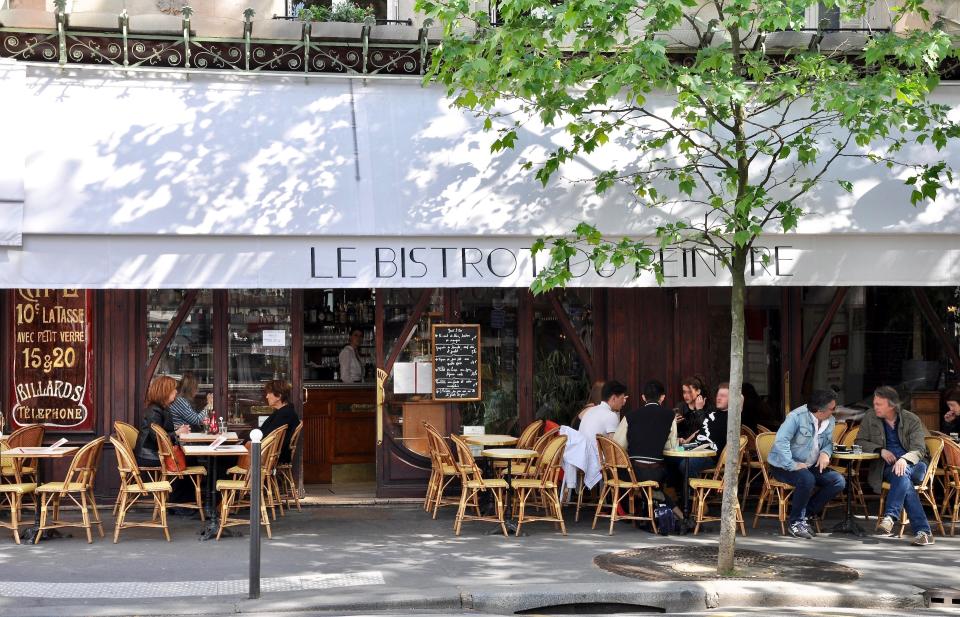
Perfect port of call
Majestic, Porto
Formerly the Elite, this 1921 establishment dazzles before you even get near it. The art nouveau marble façade, with its dozens of small windows and elaborate tracery, turns gold when the lights come on inside. With its heavy varnished woodwork, leather upholstery and ornate mirrors, it’s just the kind of place where you can imagine port vineyard bosses meeting their landed friends; the menu, as well as a range of coffees and cakes, features desserts matched to vintage ports.
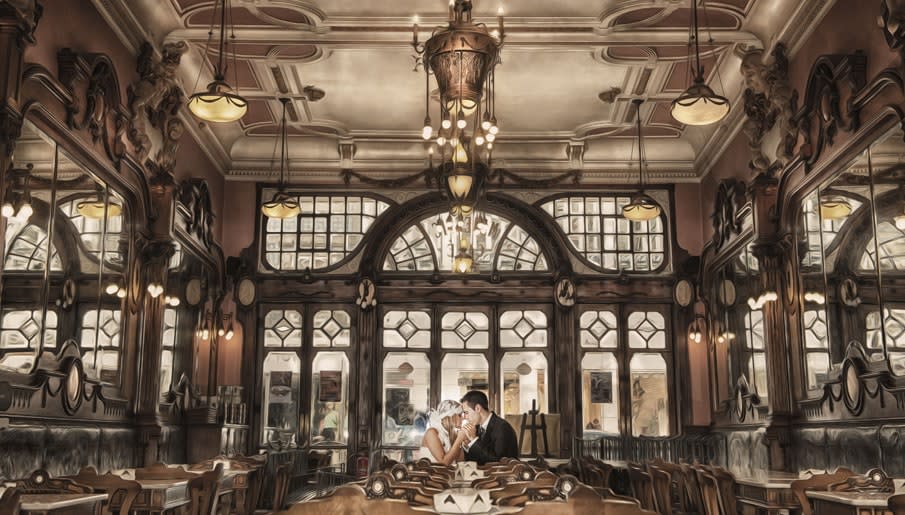
Rua Santa Catarina, 112 (00351 222 003 887; cafemajestic.com)
Cool clientele in a grand café
Café Montmartre, Prague
The Czech capital has its fair share of grand cafés and bohemian bars, but this 18-year-old reconstruction of a legendary venue stands out for attention to detail, pared-back simplicity and cool clientele. Beneath the barrel-like vaulted ceiling, Twenties-style armchairs, tables and antiques, and lovely low lighting, create an atmosphere that would suit a political complot; apt then that Kafka mulled over metaphysics in the original Montmartre.
Retezova 7 (00420 602 277 210)
Relish retro reality
Konditori Ritorno, Stockholm
Skip the hipster espresso bars and enjoy the retro charm of this 1959 institution. Dark wood tables, yellow walls and lots of nude oils and a red carpet hit the sweet point between funky and homey, and a crowd of elderly regulars and younger customers ensures a nice atmosphere. Free filter coffee refills and big cream buns.
Odengatan 80-82 (0046 08 32 01 06; ritorno.se)
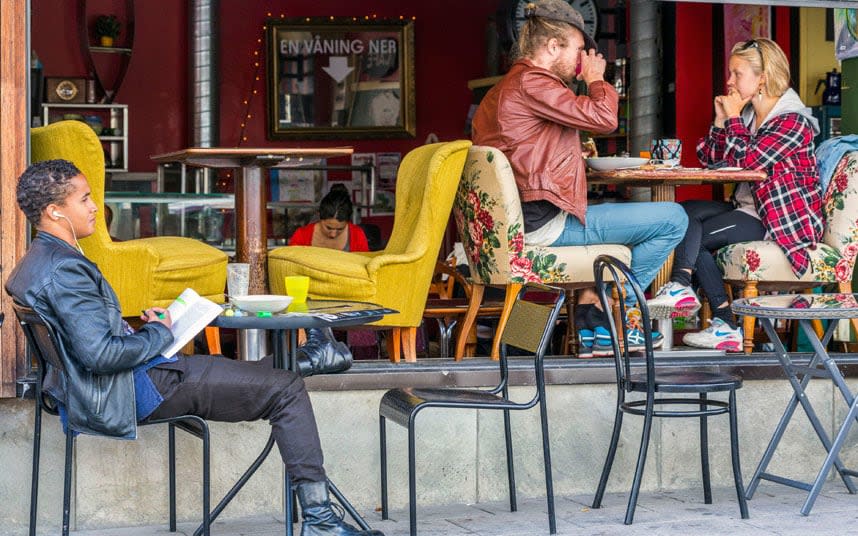
A golden oldie
Kardomah, Swansea
Not the original Swansea Kardomah – Hitler put paid to that in 1941 – but it feels and looks like it. Opened in 1957, this wonderful, spacious, family-friendly café-restaurant still has original wood panelling, tiled floor and deco-ish reliefs, providing a nostalgia fix for its many senior clients. As further proof that caffs are about time-travel, Doctor Who used the Kardomah as a location and Russell T Davies has been spotted sipping here. The old Castle St “Kardomah Gang” included Dylan Thomas, Alfred Janes and Vernon Watkins; this one is frequented by the people they wrote about and painted.
Morris Buildings, 11 Portland St (01792 652336; kardomahcoffeeshop.co.uk)
Frappuccino under the frescoes
Caffè San Marco, Trieste
Italy’s most underrated city was once the seaside outpost of the Habsburg Empire. No wonder, then, that it has several cafés as grand as any in Vienna. The home of Illy, Trieste was once a major port for coffee arriving from Africa and Asia; Triestinos have around 40 words for coffee and they’re very precise about how they want it served. This elegant, expansive bookshop café, opened in 1914, has an opulent secession-style interior and beautiful frescoes. It was the hub of the anti-Austrian irredentist movement and has associations with James Joyce as well as local writers, notably Italo Svevo.
Via Battisti 18 (0039 040 064 1724; caffesanmarco.com)
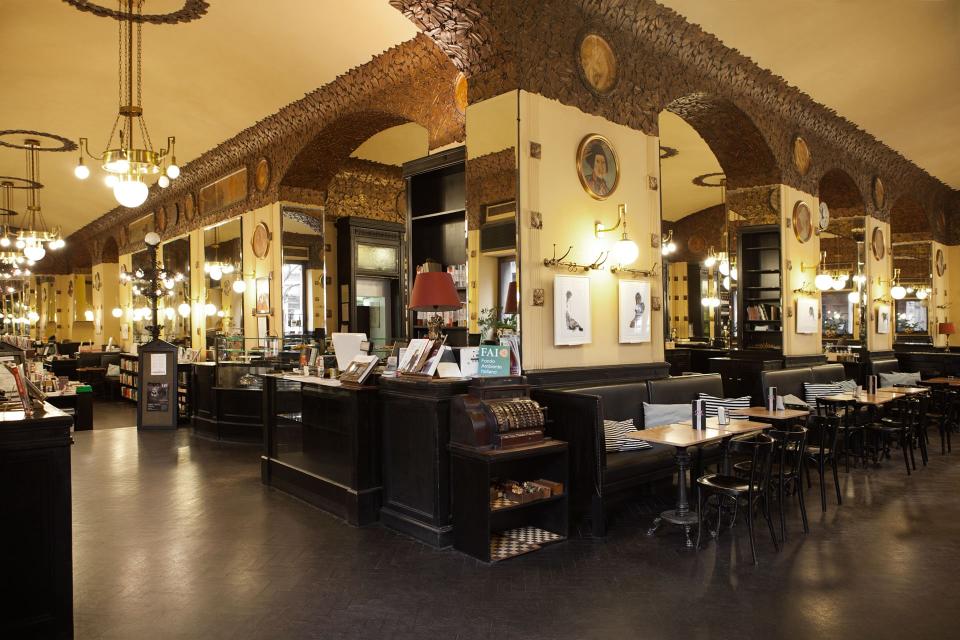
Call of Nietzsche
Caffè al Bicerin, Turin
Any visitor to this handsome Piedmontese city will soon discover that bicerin is a rich coffee, chocolate and cream drink – ideal for Alpine winter afternoons. Whether or not it was invented in this venerable café, here since 1763, is open to question – but the place does a mean version. Quite small and cosy, but full of handsome mirrors, marble tables and wrought-iron fixtures, Caffè al Bicerin reflects the upgrade coffee houses underwent during the 1800s, aimed at drawing in merchants and industrialists and – uniquely for the time – wealthy women clients too. Customers have included Nietzsche, Puccini, Umberto Eco (who features the café in The Prague Cemetery) and Susan Sarandon. Lavazza has its HQ in Turin, making it Trieste’s rival for the lauded title of “Italian coffee capital”.
Piazza della Consolata, 5 (0039 011 436 9325; bicerin.it)
Somewhere to write home about
Braunerhof, Vienna
Thomas Bernhard, the gloomy novelist, used to perch here, but don’t let that put you off. The Braunerhof is not consciously a literary place but it attracts more than its fair share of writers and – a more numerous group – those who would like to be writers. Some coffee houses look better when they are busy. This one looks best when the lunchtime crowd has left, leaving afternoon dreamers to flick through the mighty selection of newspapers.
Stallburggasse 2 (0043 1 512 3893)
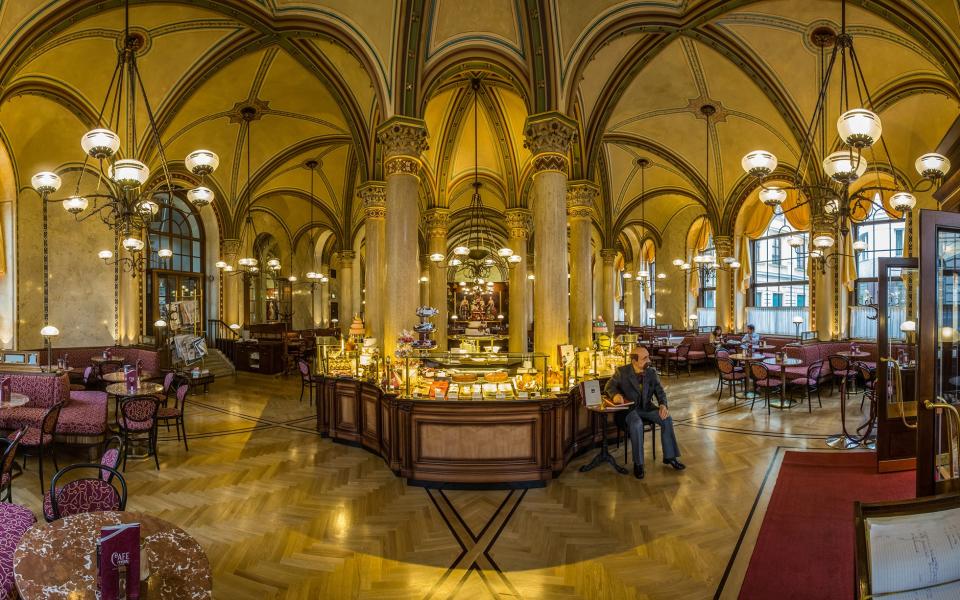
Boho chic
Café Leopold Hawelka, Vienna
The Austrian capital is a serious coffee city, with several historic dens frequented by composers, artists, writers, generals and dukes. Some are mobbed by tourists. Many are fustian and overwrought. The Hawelka, opened in the dark year of 1939, still manages to feel local and quietly bohemian, and a little removed from the main tourist circuits. Note that the Viennese have their own words, so there are no cappuccinos or lattes here, but, rather, mélange, schwarzer and einspanner.
Dorotheergasse 6 (0043 1 512 82 30; hawelka.at)
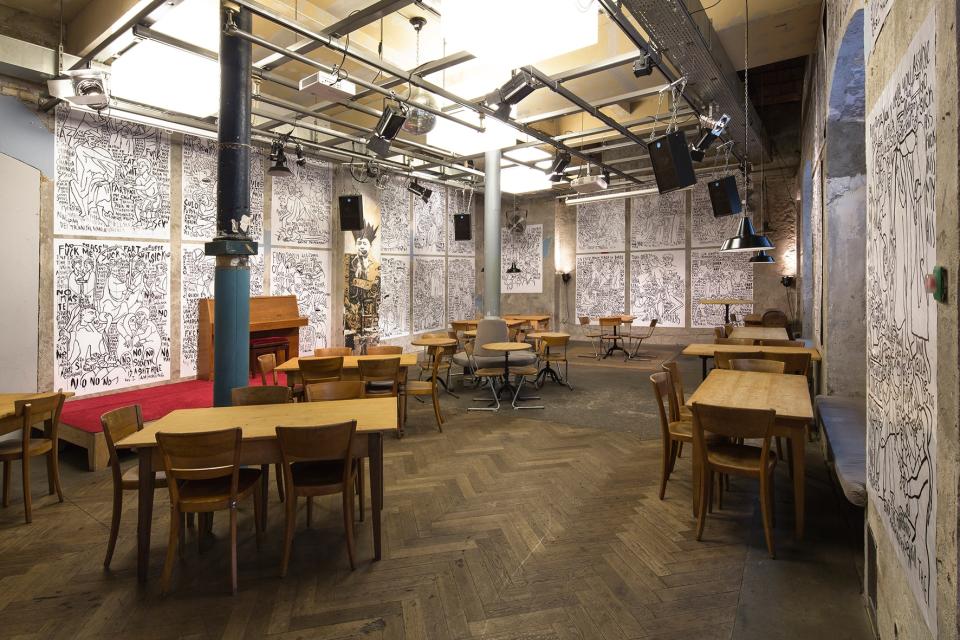
Bank on some arty fun
Cabaret Voltaire, Zurich
Sharing the same site as the small but stimulating museum exploring the dada movement – which was founded here in 1916 – the bar-café serves good coffee, craft ales and cocktails, and a selection of absinthes, until 3am seven days a week. During the First World War, Switzerland was a safe haven for artists and the gang who gathered here – including Tristan Tzara, Jean/Hans Arp and Emmy Hennings – were truly cosmopolitan. Twenty-first century Zurich is a banking hub, and this is a little well-preserved corner of artistic radicalism. The space is still arty and fun, and students pile in after lectures.
Spiegelgasse 1 (0041 43 268 5720; cabaretvoltaire.ch)
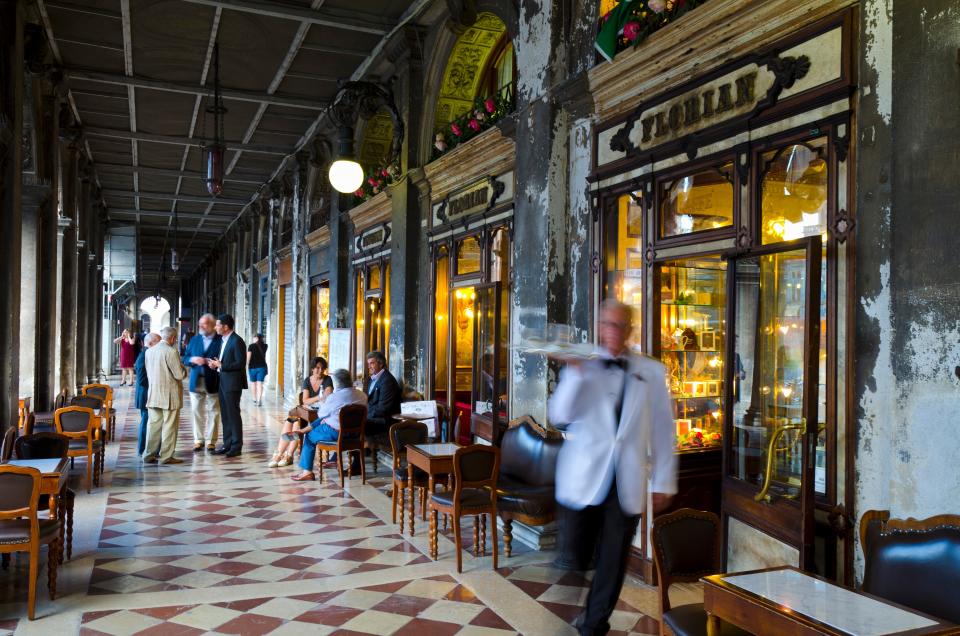
Far-flung and fabulous
Journey to the source
Tomoca, Addis Ababa
This 1953 coffee shop in the Piazza district serves some of the best coffee in the Ethiopian capital, sourcing its beans from across the highlands – said to be the source of the original wild coffee bushes. It’s a stand-and-sip joint, but the African-themed décor, vintage furnishings, map, ornaments and kindly staff make it special, and more atmospheric than recent Tomoca outlets. Coffee is ground on site and sold by the kilo for takeaway.
Wawel St (00251 11 111 1781; tomocacoffee.com)
Follow the smart set
Reslau, Auckland
Though opened in 2007, Reslau is considered a staple, a stalwart, a veteran in this coffee-mad city. Part of the historic Elliott Stables precinct, it’s small, smart, sombrely lit and staffed by charming waiters and skilled baristas – who whip up fine froths using sweetish Rangitoto blend coffee. The bakery turns out acclaimed pastries and there are creative takes on breakfast standards. Beans on toast with sumac and kale, anyone?
39 Elliott Street (09 309 5039; reslau.co.nz)
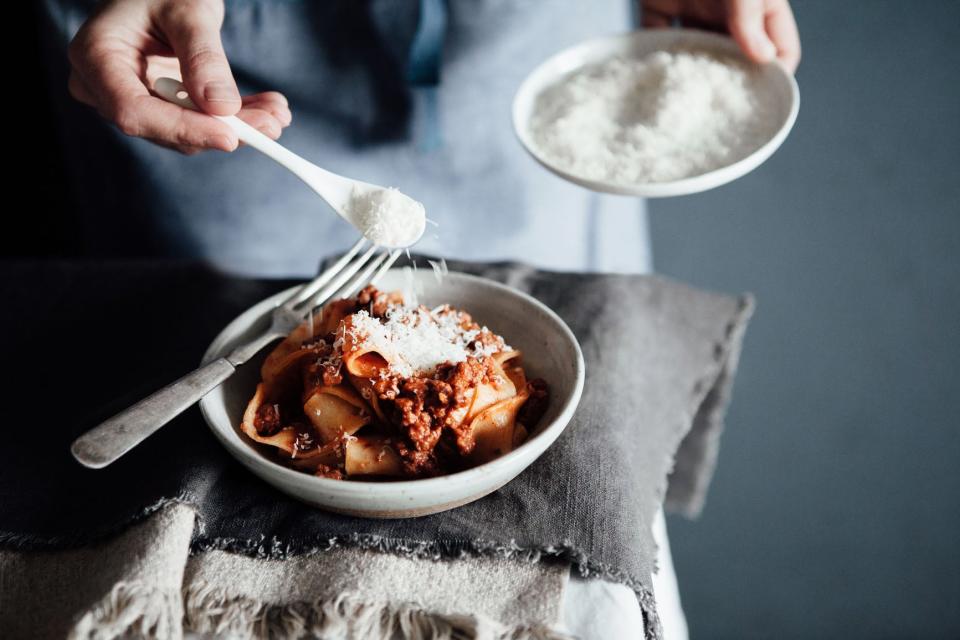
Vintage viewpoints
Bar Británico, Buenos Aires
Opened in 1928 on the site of an old pulpería – a general store associated with the gaucho era – this classic corner café has chequered tiling on the floors, small wooden tables designed for intimacy and the many solo clients, ceiling fans, typically Argentine “fileteado” ornamental signage, and large windows overlooking two old streets in San Telmo. A drinking den for British railway workers, the mad generals of the last dictatorship (1976-83) insisted it should be renamed El Tánico. In 2006 it was threatened with closure, but local celebrities and regulars campaigned successfully to save it. The city was founded in the park opposite the south-facing windows.
399 Ave Brasil (0054 11 4361 2107)
Laid back with locals
Café La Biela, Buenos Aires
One of the great capitals of coffee culture, Buenos Aires has more than 80 “cafés notables” – historic bars and cafés listed by the city government and supposedly, but not always, protected. Laid-back, discreetly decorated La Biela, while iconic, is still a place for locals to meet over a well-made cortado. In refined Recoleta, not five minutes’ walk from the marble-walled necropolis where Evita is entombed alongside the aristocrats she detested, it was always a hang-out for the smart set. In the Fifties, racing drivers caroused here (“biela” is “con rod”). Sit inside under ceiling fans and old photographs or on the al fresco terrace, under the giant limbs of a rubber tree. For an after-dinner treat, order a carajillo (espresso with local brandy).
Corner of Junín and Quintana (0054 11 4804 0449; labiela.com)
A highbrow blend
Café Tortoni, Buenos Aires
The most famous – and beautiful – café in South America, the Tortoni, which moved to this site in 1880 (the first Tortoni opened in 1858), is a magnet for tourists, but if you go first thing in the morning, or in winter, you will easily get a seat and see no selfie-snappers for several hours. Green marble tables, Tiffany lamps and wood panelling give it something of the air of a luxurious library – fittingly, as authors from Jorge Luis Borges to Roberto Arlt loved to hold highbrow tertulias here.
825 Avenida de Mayo (0054 11 4342 4328; cafetortoni.com.ar)
Egg coffee, anyone?
Café Giang, Hanoi
As the second-biggest coffee producer on the planet after Brazil, and the world’s leading exporter of robusta beans, Vietnam should have more good cafés. Hanoi’s Café Giang, established in 1946, survived wars and woes by relocating and is now on an alley in the Old Quarter. It’s basic, cosy and friendly. The house speciality is ca phe trung, or egg coffee, a drink that arose because it used to be easier to get egg yolk than milk – condensed milk, cream and cheese are added to make it fragrant and super-sweet.
39 Nguyen Huu Huan Street (0084 04 294 0495; giangcafehanoi.com)
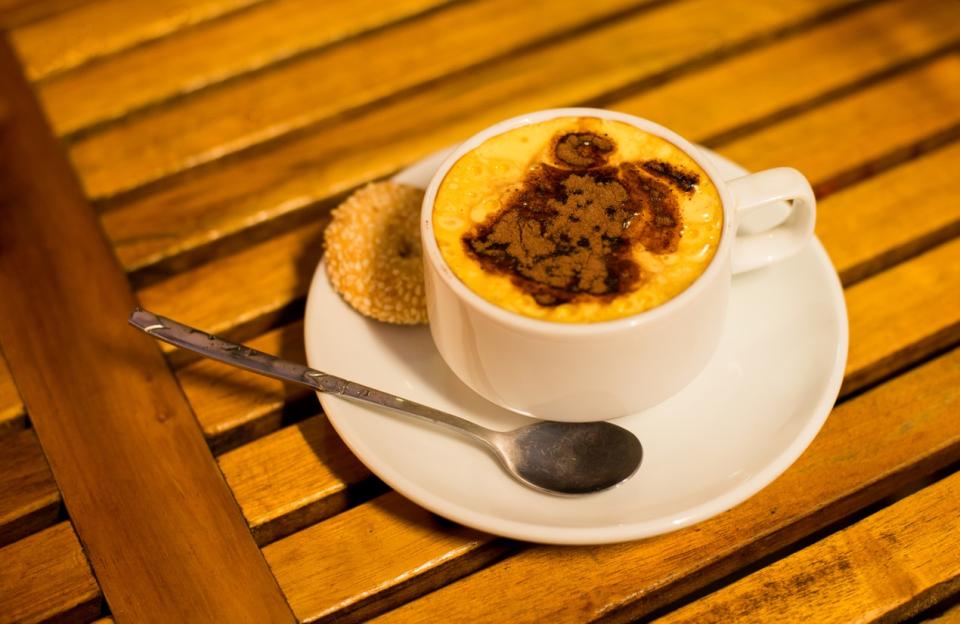
Turkey is full of beans
Fazil Bey, Istanbul
This Kadikoy stalwart opened in 1923. Everything about it is busy, from the gaudy tiles on the bar and underfoot to the chaotic clutter of sacks and machinery to the constant traffic of customers. Top-grade Brazilian beans are roasted and ground on site, then brewed in a small copper pan known as a cezve and served with a piece of Turkish delight. Fazil Bey has several branches, but this is the original.
1a Serasker Cad (0090 216 450 2870)
Time to revert to type
The Writer’s Coffee, La Paz
La Paz is not yet a serious coffopolis. New, trendy and oddly named, this small café tucked inside one of the Bolivian capital’s best-known bookshops, Gisbert, is by some measure the nicest place to rest when the teeming pavements of downtown – or the thin air – wear you out. Old typewriters honour the craft of the author, and skilled baristas turn out steamed, dripped, nitro and pressed brews, using excellent beans from the sultry Yungas region.
1270 Calle Comercio (0059 12 22 00 122; thewriterscoffee.com)
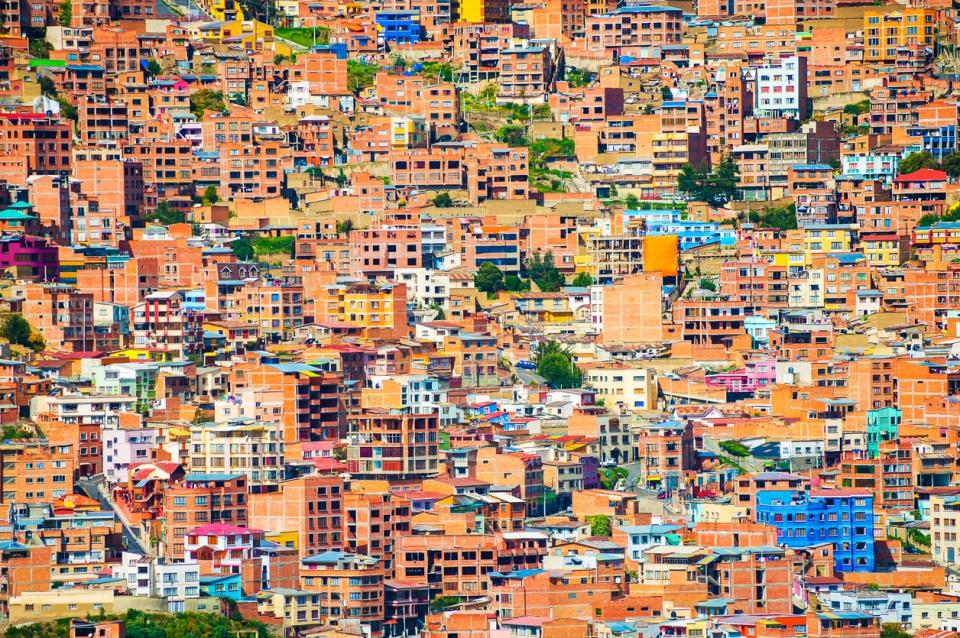
Politically correct in Peru
Bar Cordano, Lima
With its handsome wooden, wine-filled bar and display cabinets, old photos and mirrors on the walls, this 1905 café is one of the Peruvian capital’s most convivial coffee stops. Serving serious lunch fare from around noon, it’s great for breakfast from 8am and is famous for its butifarra – a sandwich of slow-cooked pork. On a corner facing the presidential palace, it’s long been a favourite with politicos.
202 Jirón Ancash (0051 1 427 0181; restaurantecordano.com)
Celeb spotting in Oz
Pellegrini’s, Melbourne
Since 1954 – long before this city’s oft-reported barista boom – this classic espresso bar has been providing shots of superb Italian-style coffee (using the same Vittoria beans over all those years), as well as proper ravioli, minestrone soup and granitas. The classic chequered floor, dusty posters and paintings, flash of neon and two long rows of stools draw regulars as well as celebrities including Hollywood stars Ava Gardner, Anthony Perkins and Russell Crowe.
68 Bourke Street (0061 3 9662 1885; on Facebook)
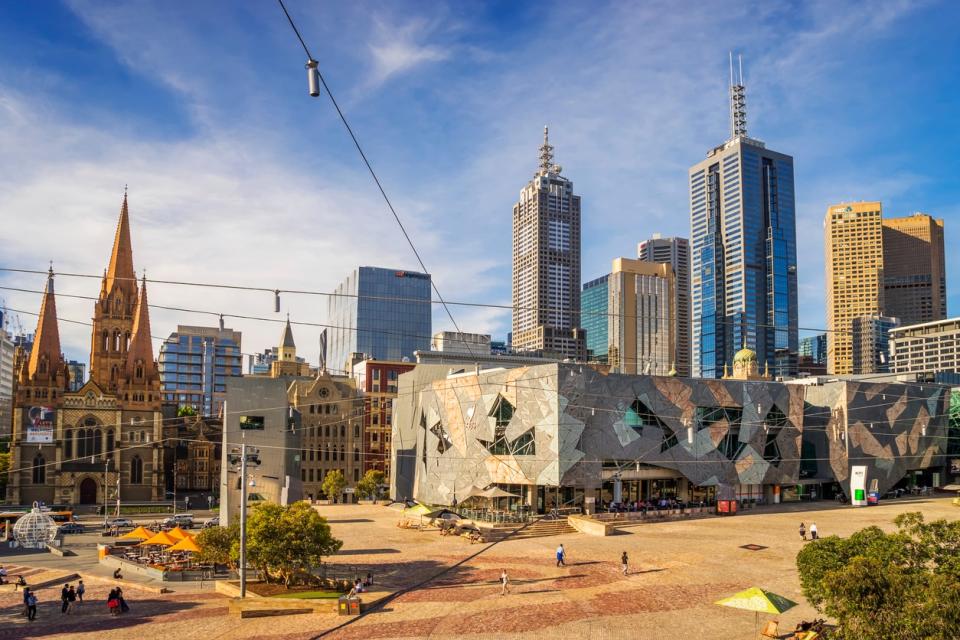
Marquez of distinction
Café La Habana, Mexico City
If there were a competition for Biggest Café Boast when it comes to clients, this cavernous 1952 establishment in the Juárez neighbourhood would win it. Legend holds not only that Fidel Castro and Che Guevara plotted the Cuban revolution here, but also that the exiled Colombian author Gabriel García Márquez wrote some of his 1967 novel One Hundred Years of Solitude. Waitresses are a bit sour – as is the coffee (locals add condensed milk) – but the high walls, huge black and white cityscapes, dangling fans and spaced-apart tables evoke a different era and a different Mexico City. Other VIP customers have included Mexican poet Octavio Paz and Chilean novelist Roberto Bolaño.
62 Avenida Morelos (0055 5546 0255; on Facebook)
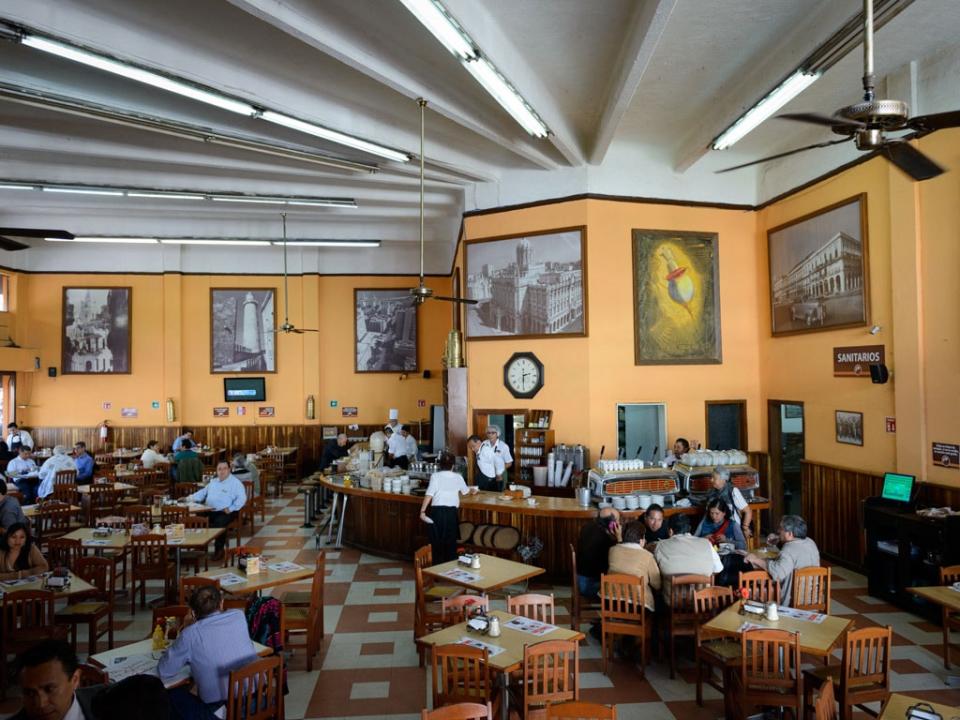
Lunch like a local
Café Brasilero, Montevideo
Like most things in the Uruguayan capital, this “grand old” café – opened in 1877 – is actually rather small and humble. Plain wooden tables and panelling, monochrome photographs on the walls, handsome chandeliers and a cool, low-lit interior make it feel writerly. Author Eduardo Galeano was a regular, the Café Galeano, with amaretto, honouring his memory. In the Old City, but off the main pedestrianised drag, it’s more popular with breakfasting businesspeople and lunching locals than tourists, who in any case are in rather short supply in the city.
1447 Ituzaingó (00598 2917 2035; cafebrasilero.com.uy)
A Milanese marvel in Montreal
Café Olimpico, Montreal
Montreal’s once Frenchified café scene is now dominated by “invite only” community clubs, polyvalent workspaces and opportunists claiming Leonard Cohen penned his early masterpieces on their stools. Olimpico is great because it’s just a café. Opened in 1970 in the arty (increasingly gentrified) Mile End district, it’s a permanently busy, bustling little brown-hued café, turning out superb espressos, macchiatos and cappuccinos to a mixed clientele. With Italian pop piped in and football flags flapping, it’s more like a Milanese hole-in-the-wall than anything Canadian, or French, for that matter.
124 Rue St-Viateur West (001 514 495 0746; cafeolimpico.com)
The original and best
Caffe Reggio, New York
This dimly lit Greenwich Village classic coffee shop claims the title of “the original cappuccino bar”, owner and barber Domenico Parisi having imported the first espresso machine to the United States in 1927 to serve his customers while they waited. Sepia tones predominate, with moody oils and reliefs on the walls, intricately carved benches – with soft cushions – and the original machine, an ornate brass beauty, on show. Clients have included the Beats, Bob Dylan and Joseph Brodsky.
119 MacDougal St (001 212 475 9557; caffereggio.com)
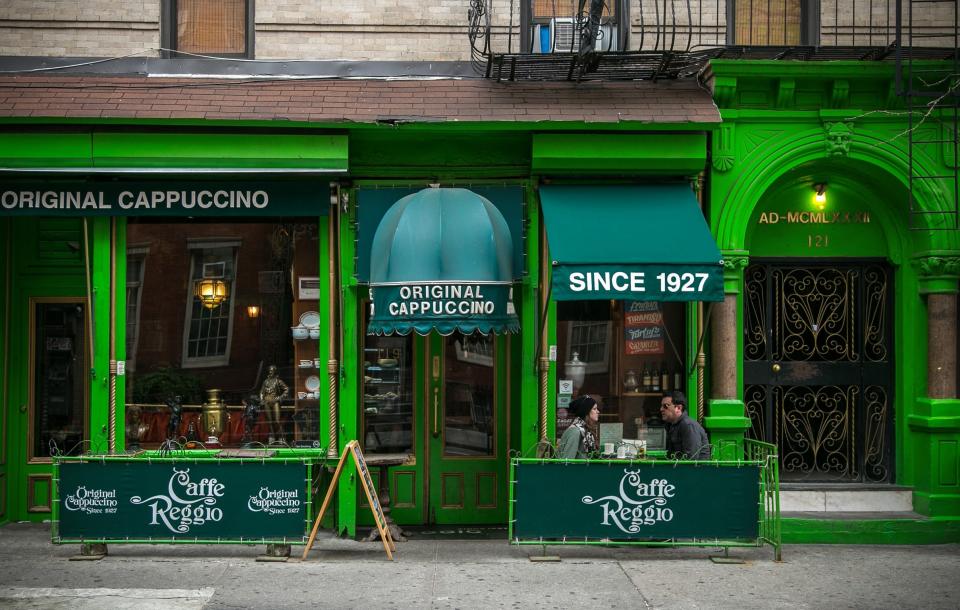
Back in business for al fresco brews
Café Riche, Pretoria
Originally established in 1905, but later closed down, Pretoria’s oldest café reopened in 1994 as a coffee shop and bistro. On a fetching corner with a façade decorated with an art nouveau sunburst mural – and proto-deco geometric patterns – the al fresco area under the tin roof looks like a saloon, while the inside is almost pub-like, with stools, a long wooden bar and a tiled floor.
2 Church Square (0027 12 323 1332; on Facebook)
Mirror, mirror, on the wall
Confeitaria Colombo, Rio de Janeiro
Opened in 1894 by Portuguese immigrants, this opulent, high-ceilinged art nouveau-style salon is framed by a gorgeous stained-glass skylight and a multitude of mirrors and crystal glassware, harking back to Rio’s days as capital and economic powerhouse. Located in the Centro – close to the banks rather than the beaches – it’s been the talking shop for presidents, intellectuals, writers and musicians. The downstairs café does a good selection of pastries – including classic Portuguese pastel de nata and the indigenous caipirinha tart – while the first-floor balcony is more geared for dining.
32 Rua Gonçalves Dias (0055 21 2505 1500; confeitariacolombo.com.br)
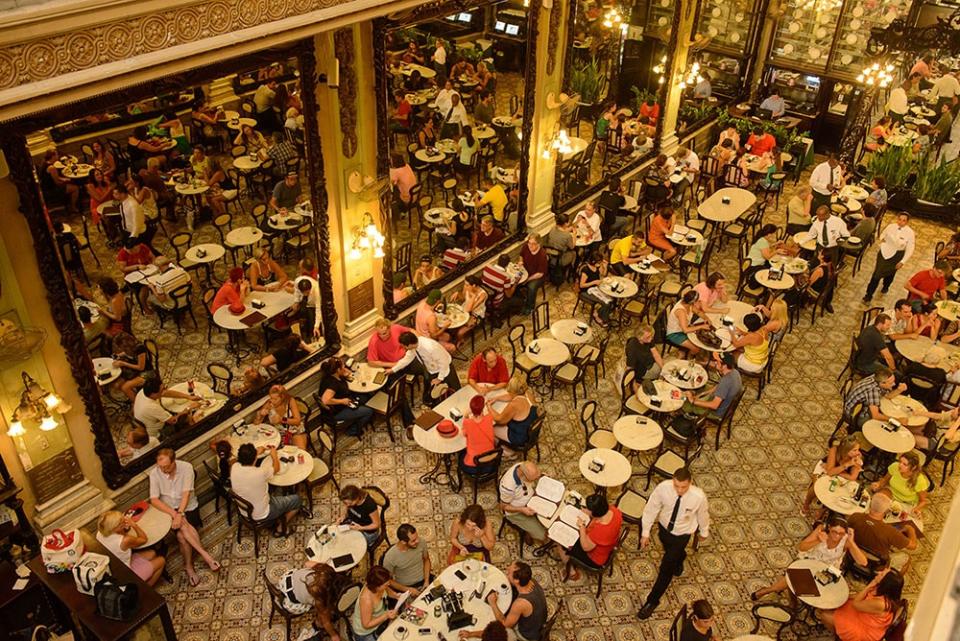
Bean there, done that
Jesús Martín, Salento
Jesús Martín is a coffee farmer credited with giving Colombian beans their international profile; his small, rustic-looking flagship café in Salento in the heart of Colombia’s so-called Coffee Triangle, merits inclusion here because it’s right at the source – and because the expertly trained baristas educate and enthuse while serving up fresh espressos, drips and filtered brews.
Calle 6 (0057 300 7355679; (cafejesusmartin.com)
The great and the good
Alma de Café, San José
Though it is a coffee powerhouse, Costa Rica is not known for its cafés. Alma de Café, in the former “ladies’ salon” of the late 19th-century national theatre, is only seven years old, but is grandiose in an old-world manner, with patriotic ceiling frescoes, velvet drapes, chandeliers and an ornately designed bar that looks like a church altar. It also has great quiches and crepes and strong shots of fine Café Britt coffee.
Corner of 2nd Avenue/5th Street (00506 2010 1110)
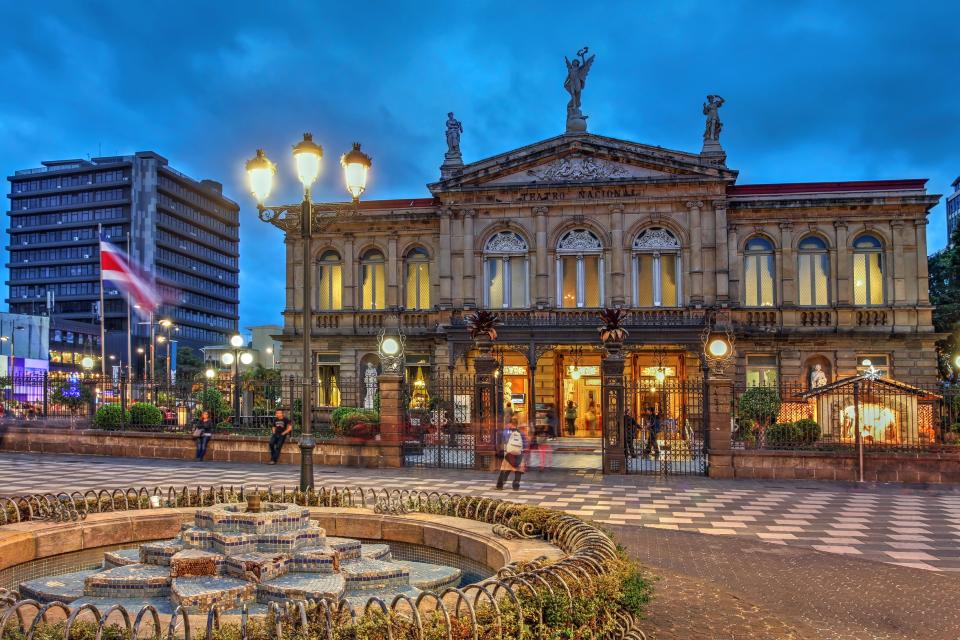
A different beat
Vesuvio Café, San Francisco
Beach joint and Beat joint – Allen Ginsberg, Jack Kerouac and Neal Cassady (the model for the antihero in Kerouac’s On the Road) hung out here – the décor inside and outside this 1948 café melds Viennese whirl with Frisco freak. Art plasters two storeys of walls and the long bar, lit by Tiffany lamps, is good for coffee – with or without shots of brandy, whisky or other spirits. Together with the City Lights bookshop across the alley, this much-loved Chinatown bar is a landmark in the story of American counterculture.
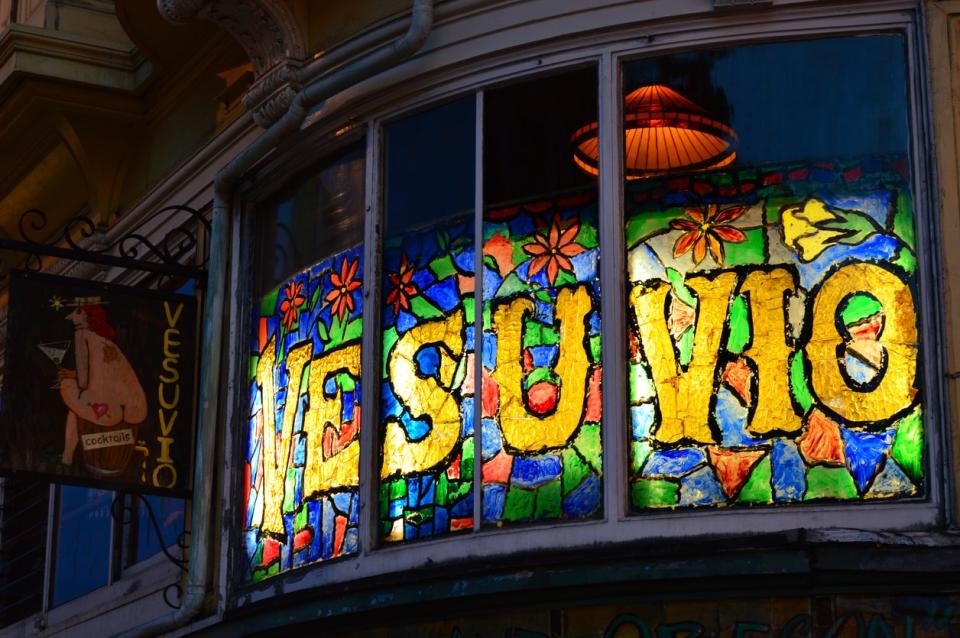
255 Columbus Avenue (001 415 362 3370; vesuvio.com)
Students take note
Café Allegro, Seattle
Opened in 1975, when Seattle was helping kick-start the “third wave” of speciality and artisanal coffee-making, the Allegro has kept to its principles of serving the community and regulars – many associated with the university – with carefully made lattes, flat whites and espressos using its excellent house blends of small-batch beans. Exposed brickwork, a high wall plastered in colourful adverts and dedicated art space give it a casual, studenty vibe.
4214 University Way NE (001 206 633 3030; seattleallegro.com)
Star quality
Starbucks Pike Place, Seattle
For coffee-lovers, this rather handsome, low-key, standing-room-only café is worth a brief pit stop. In high season it’s a tourist magnet, with queues likely, but that’s because it’s the oldest extant Starbucks. The first, opened in 1971, was at nearby 2000 Western Avenue, moving to 1912 Pike Place six years later. Love chains or hate them, here’s where America put coffee on to a production line, having already done it with automobiles, movies, burgers and pizzas – helping launch a global lifestyle movement.
1912 Pike Place (001 206 448 8762; 1912pike.com)
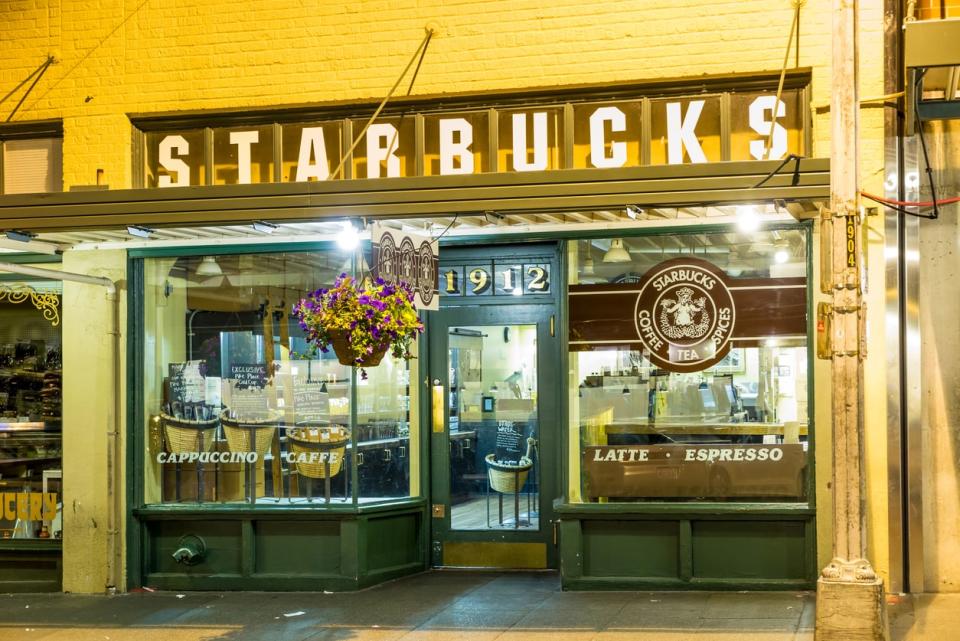
Seoul survivor
Hakrim Dabang, Seoul
In a city often considered in thrall to the new and techy, this 1956 dabang – traditional coffee shop – in the historic Jongno district makes for a venerable alternative. Formerly a hotbed of political discussion, when Korean students gathered to discuss democracy, it still has a student-oriented, arty feel, with cosy booths and old vinyls on display. The house blends are consistently excellent, the speciality cream cheese cake is great and it has iced coffees and lemonade.
119 Daehak-ro (0082 2 742 2877, hakrim.pe.kr)
Italian-Australian flair
Bar Coluzzi, Sydney
Formerly owned by the boxer Luigi Coluzzi, and rammed with colourful memorabilia, this is a rare stalwart in a scene defined by fads. It draws a crowd of lawyers and judges, elderly Italian gents, Darlinghurst gays and cyclists clad in Lycra. It’s very Aussie, yet the al fresco terrace could be on a piazza in Naples. Half a century is ancient in Sydney – and the coffee is top-notch.
322 Victoria Street (0061 2 9380 5420; on Facebook)
Spot of movie magic
Gran Café de Paris, Tangier
It’s natural that the city of rogues and writers, spies and sleazeballs, should have a café culture. The Gran Café, gracing the corner across from Morocco’s French consulate since 1927, has plenty of seats outside, where locals chatter, watch the traffic and smoke (they smoke inside, too) over cafés au lait. The furniture is retro; soft vinyl wraparound seats and banquettes go some way to explaining why no one seems in a hurry to leave. Francis Bacon and Jean Genet have lounged here; films that have used the café as a location include The Living Daylights and The Bourne Ultimatum.
1 Place de France (00212 53 9 93 84 44)
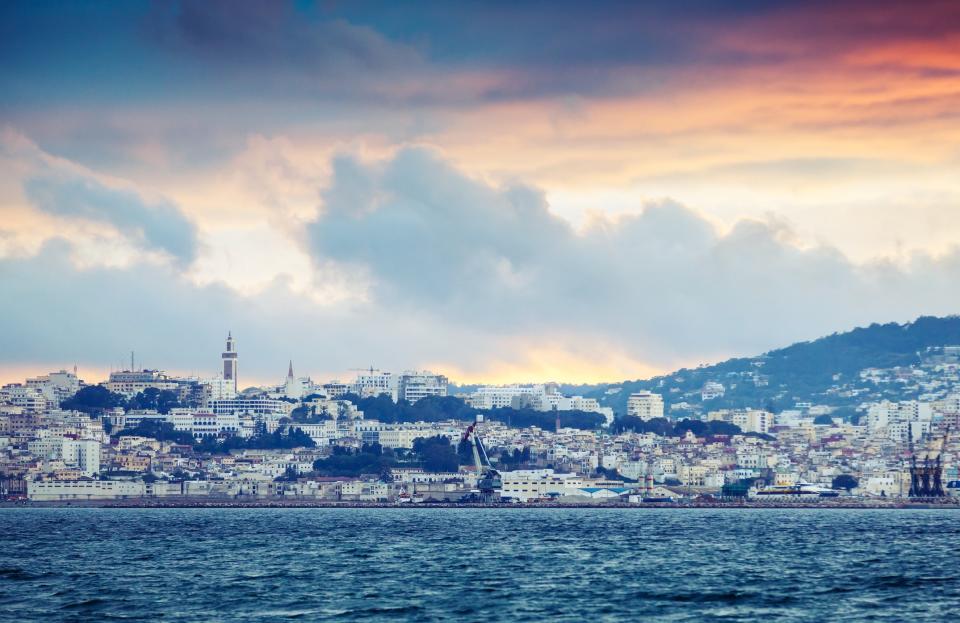
Throwback to the Seventies
Café Paulista, Tokyo
The first Café Paulista (after Sao Paulo) opened in 1911 with free shipments of beans from Brazil, part of a scheme to promote coffee drinking in tea-loving Japan. The 1923 earthquake destroyed the original. This Ginza location opened in 1970 and is very much of that time: low-slung leather seats, houseplants and old engravings, and a general décor as brown as coffee. Beans are still imported from Brazil, and prices are low for the area.
1F Nagasaki Center Building, 8-9-16 Ginza, Chuo-ku (0081 120 55 2341; paulista.co.jp)
Time for a diner date
Ovaltine Cafe, Vancouver
From the Edwardian building to the projecting pink neon signage to the unreconstructed décor – not to mention that anti-cool name – you’ve got to love this 1942 diner-cum-coffee shop. Climb on to one of the red vinyl stools drilled into the floor by the long Formica bar or bag a high-walled wooden booth to enjoy a plate of omelette, pork chops or fried chicken with your filter coffee or Ovaltine shake – prepared on a vintage machine. Regularly used as a film location, when it’s dark outside this place takes on a distinctly noirish Edward Hopper quality.
251 E Hastings Street (001 604 685 7021; ovaltinecafe.ca)

